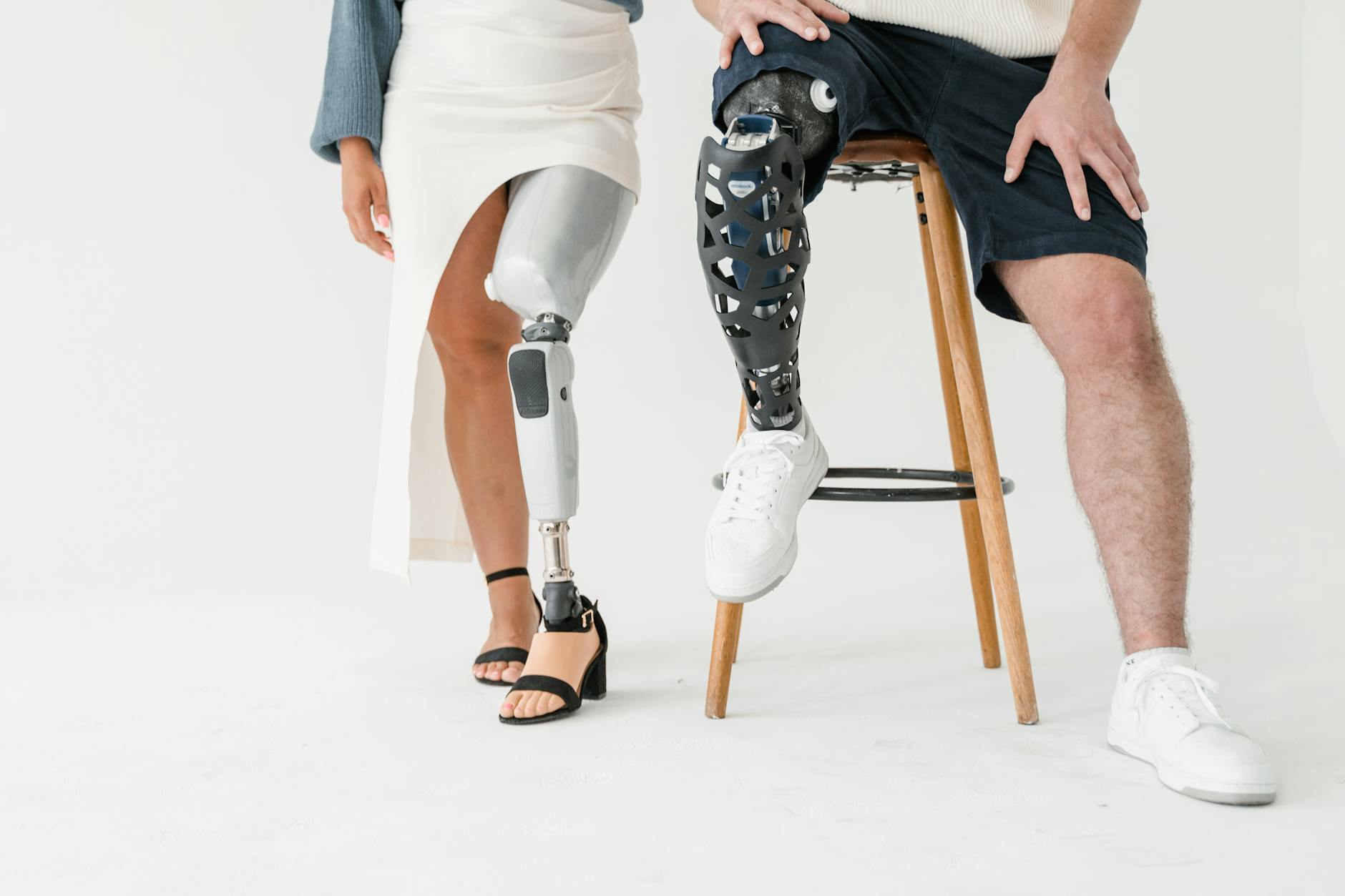In a recent discussion on TechCrunch's flagship podcast, Equity, Evan Kervella, founder and CEO of Paris-based Chipiron, sheds light on a pressing issue-the prohibitive cost of Magnetic Resonance Imaging (MRI) machines, traditionally confined to well-heeled medical institutions. Chipiron's innovative approach, as detailed on TechCrunch, seeks not to reinvent the MRI wheel but rather to enhance its availability, a much-needed shift in an industry fraught with financial barriers.
The medical device sector, particularly in imaging and diagnostics, has experienced a surge in funding, reaching levels reminiscent of 2021's investment frenzy. Yet, the fundamental issue remains-high costs tether MRI technology to large hospitals, limiting widespread access. Kervella's vision is to demystify the accessibility of MRIs, an endeavor that not only echoes but amplifies the ongoing dialogue about equitable healthcare.
What stands out about Chipiron's strategy is its focus on integration over invention. Instead of constructing new MRI systems, which could spiral into further capital-intensive projects, they aim to retrofit existing technologies to make them more accessible and versatile. This approach could serve as a blueprint for other sectors in healthcare tech, suggesting that sometimes the wheel doesn't need reinvention; it just needs a more efficient motor.
From a compliance and operational standpoint, Chipiron’s model is intriguing. The healthcare tech industry is tightly regulated, with innovations subject to rigorous scrutiny. By enhancing existing MRI machines, Chipiron may streamline the regulatory pathway-a clever sidestep that could expedite delivery to underserved areas. This pragmatic approach to healthcare innovation isn't just smart; it’s necessary, mirroring the efficiency seen in successful fintech platforms like those explored in Canary's introduction of a new crypto ETF, where the focus on leveraging existing frameworks to introduce new products can significantly reduce time-to-market and compliance complexities.
However, while the concept of making MRI technology more accessible is commendable, the reality of implementation will be the true test. Retrofitting existing machines to broaden their usability without compromising on quality or regulatory compliance requires not just technological innovation but also strategic partnerships and robust funding. It's a balancing act between operational feasibility and technological aspirations.
Ultimately, Chipiron’s initiative could represent a paradigm shift in how medical equipment is deployed. If successful, it could lower the barriers to essential diagnostic tools, significantly impacting global health outcomes. In an era where technology and accessibility should go hand in hand, initiatives like that of Chipiron are not just welcome; they're imperative. And perhaps, in this pursuit, the medical sector could borrow a page from the fintech playbook-where agility often drives the best innovations.



